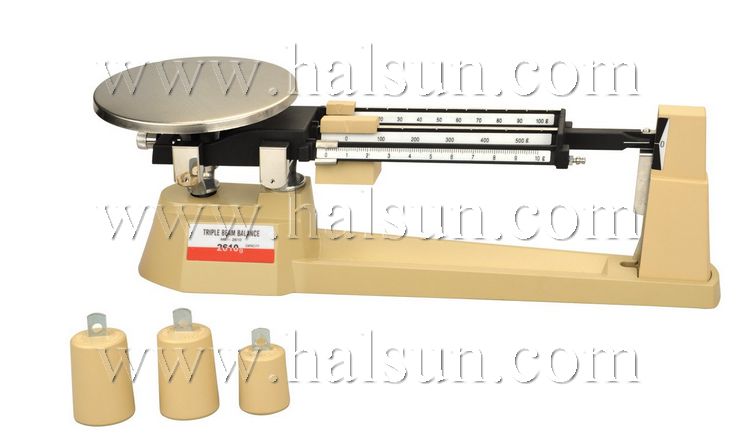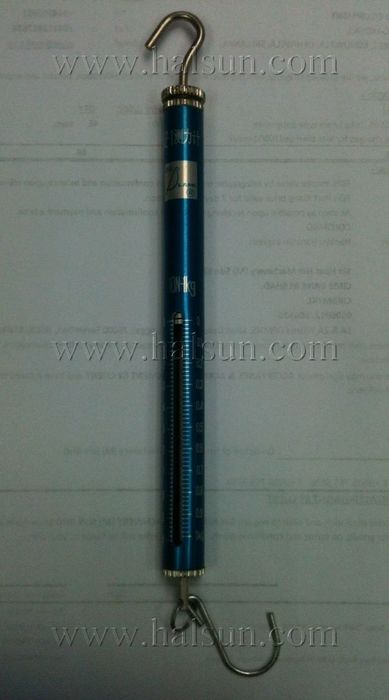
Double Beam Balance



This mechanical scale has two durable stainless steel weighing platforms for comparison weighing in labs and classrooms. Unlike gold or silver, stainless steel doesn’t scratch easily and keeps its shine without rusting or tarnishing.
This beam balance has two weight beams for more precise weighing. The larger beam measures to 200 grams with 10 gram resolution and the smaller to 10 grams with 0.1 gram resolution.
This mechanical balance comes equipped with a tare poise. This will let ya zero the weight of a separate container without the need for additional counter weights. You can tare up to 225 grams of weight with this beam balance.
Before you start weighing with the Harvard 1560SD you can make sure it’s set to zero by using the zero knob on the side of the balance. This can help assure you’re getting the most accurate weight readings from this Harvard Trip balance.
You don’t have to worry about this balance bouncing around taking forever to stabilize. Ohaus was smart with this mechanical balance and designed it with a magnetic damping system to make weighing and reading your weights quick and painless.

When ya weigh what you’re putting into your recipes, you have a much better chance of your recipes coming out just right every time. This scale is perfect in bakeries and professional kitchens for mixing and portioning larger batches of dough. The best part is, ya don’t have to search high and low for an outlet to plug this scale into…It doesn’t use any power at all!
There’s nothing wimpy about this mechanical baker’s scale. Penn Scale designed the 1402 with an all cast iron construction and powder coated finish to prevent rusting. This mechanical balance also has case hardened steel pivots and bearings for extra durability.
You can weigh your ingredients on the large weighing pans, or with the included weighing scoop. Your choice of stainless steel, tin or plastic scoop comes complete with its own counterweight for taring.
You’ll have to problem at all reading the weights from this ingredient scale. The weights of your ingredients are displayed right on the front of the scale, so you can weigh quickly and efficiently.
Penn Scale made sure their baker’s scales are safe for your foods and ingredients. This scale’s durable coating is FDA approved safe for use with foods

Resolution to 0.1
Standard Underhook
Advanced Stabilization Software
Built-in motorized calibration
| Max capacity | Readable | Packing | Packing size | N.W/G.W |
| 2610g | 0.1g | 4PCS/CTN | 51*36*47cm | 11kg/13kg |


When ya give this spring scale a tug, the weight marker will slide to the appropriate weight and stay there until ya move it back to zero. This will help ya out when you’re weighing items that are a little on the heavy side. Load, weigh, unload, check your weights…it’s really simple.
This mechanical scale was built to last. Inside the corrosion resistant housing you’ll find stainless steel components that are attached to the stainless steel weighing hook and hanger. Whether ya want to use this as a fishing scale, hunting scale, bow scale, or just a great general purpose scale, you’re good to go with this Halsun.

When ya give this spring scale a tug, the weight marker will slide to the appropriate weight and stay there until ya move it back to zero. This will help ya out when you’re weighing items that are a little on the heavy side. Load, weigh, unload, check your weights…it’s really simple.
This mechanical scale was built to last. Inside the corrosion resistant housing you’ll find stainless steel components that are attached to the stainless steel weighing hook and hanger. Whether ya want to use this as a fishing scale, hunting scale, bow scale, or just a great general purpose scale, you’re good to go with this Halsun.